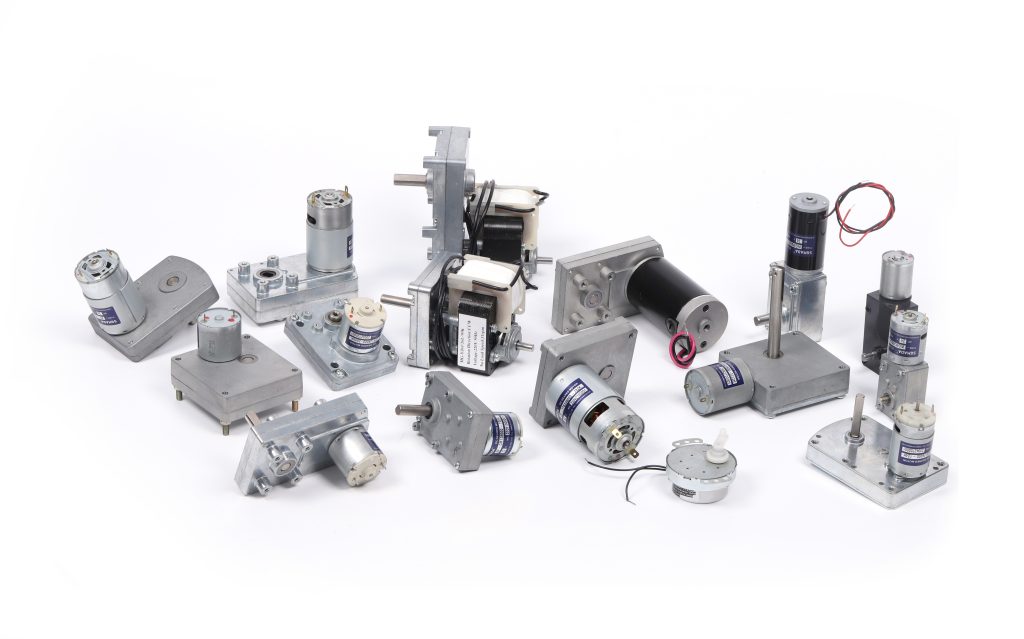Mobile:+86-311-808-126-83
Email:info@ydcastings.com
id fan impeller
The Importance of ID Fan Impellers in Industrial Applications
In industrial settings, the importance of efficient air movement is paramount. One of the crucial components in achieving this is the ID fan impeller, commonly referred to as an induced draft fan impeller. These impellers play a vital role in various processes, from power generation to manufacturing, ensuring optimal performance and energy efficiency in systems designed for air and flue gas handling.
Understanding Induced Draft Fans
Induced draft fans are used primarily to extract flue gases from coal-fired power plants, boilers, and other industrial processes. Unlike forced draft fans that blow air into a system, ID fans remove air or combustion gases, creating a negative pressure within the system. This operational principle is essential in maintaining the correct balance of air and fuel, optimizing combustion efficiency, and reducing emissions.
Central to the functioning of an ID fan is its impeller. The impeller is a rotating component that transfers energy to the airflow, converting rotational energy into kinetic energy. The design and material of the impeller significantly influence the overall efficiency and effectiveness of the fan.
Design Considerations for ID Fan Impellers
When designing an ID fan impeller, several factors must be considered to ensure optimal performance. The impeller's geometry, including its diameter, blade design, and angle of attack, directly affects airflow rates and pressure generation.
1. Blade Design The shape and contour of the blades are crucial in determining the airflow pattern. Forward-curved blades, for instance, provide higher airflow rates at lower pressures, while backward-curved blades are more efficient at higher pressures but may handle less airflow.
2. Material Selection ID fans often operate in harsh environments, dealing with high temperatures and corrosive gases. Therefore, selecting suitable materials for the impeller is critical. Stainless steel, alloys, and other high-temperature resistant materials are commonly used to prolong the impeller's lifespan and maintain performance.
id fan impeller

3. Aerodynamic Efficiency Modern computational fluid dynamics (CFD) tools allow engineers to simulate airflow through fan designs, enabling them to optimize the impeller shape for maximum efficiency. A well-designed impeller minimizes turbulence and energy loss, resulting in lower operational costs.
The Role of Impeller Size
The size of the impeller directly impacts the performance of the ID fan. A larger impeller can move more air but may require more energy to operate, impacting overall efficiency. Conversely, a smaller impeller may consume less energy but could struggle to achieve the required airflow. Therefore, it's essential to strike a balance between size and operational requirements.
Maintenance and Efficiency
Regular maintenance of the ID fan impeller is vital to ensure long-term performance. Over time, wear and tear can affect the impeller's efficiency, leading to increased energy costs and reduced airflow. Monitoring for signs of damage, corrosion, or buildup of materials on the impeller blades is critical. Implementing a routine maintenance schedule can help identify potential issues before they lead to significant failures, ensuring the ID fan operates optimally.
Environmental Considerations
With increasing environmental regulations, the design and efficiency of ID fan impellers must align with sustainability goals. Enhanced performance can lead to reduced emissions, making it vital for industries aiming to lower their carbon footprint. By investing in high-efficiency impellers and maintaining equipment diligently, businesses can contribute to a cleaner environment while optimizing operational costs.
Conclusion
In summary, ID fan impellers are essential components in various industrial processes, responsible for maintaining proper air and gas flow. Their design, size, and material selection significantly influence their efficiency and effectiveness. With a focus on aerodynamic efficiency, proper maintenance, and environmental responsibility, industries can optimize their operations while adhering to sustainability initiatives. The future of ID fans and their impellers lies in continuous innovation and adaptation to meet evolving industrial and environmental standards, ensuring a balance between functionality, efficiency, and sustainability.
-
Impeller Technology That Powers Precision in Pump SystemsNewsMay.22,2025
-
Valve Durability Begins with Quality Cast Iron ComponentsNewsMay.22,2025
-
Performance Cooling with Advanced Automobile Water Pump SolutionsNewsMay.22,2025
-
How Motor Housing and Oil Pans Shape Engine PerformanceNewsMay.22,2025
-
How Metal Castings Drive Modern Manufacturing EfficiencyNewsMay.22,2025
-
Exploring the Engineering Behind Valve Body CastingsNewsMay.22,2025











